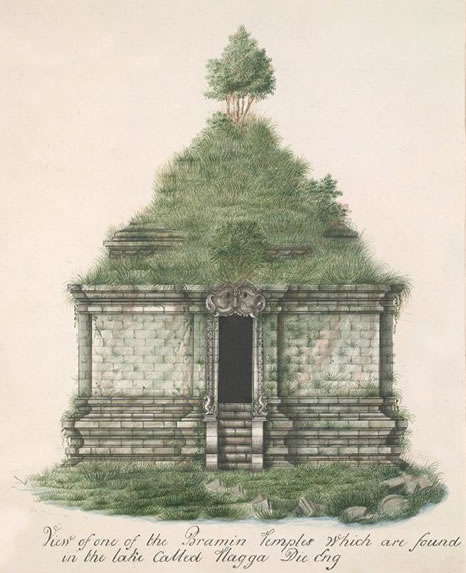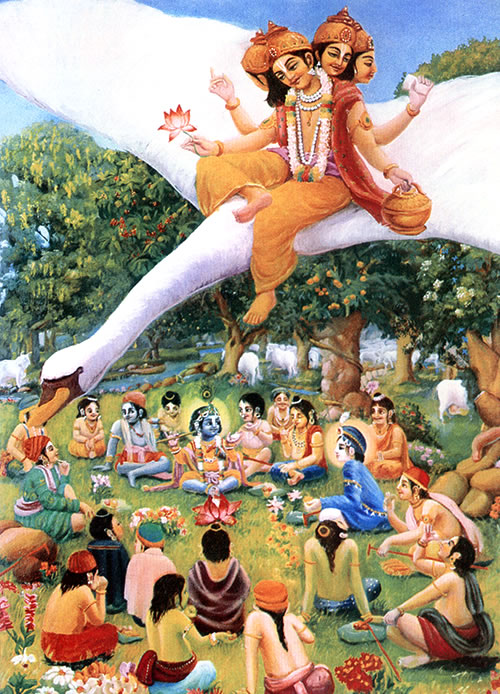Judging Wealth with Caturtamsa
1 2 3 4 5
Shyamasundara Dasa
Copyright © 2007-2013
This article appeared in the September and October, 2007, editions of the Astrological Magazine. It explores the use of Chaturtamsa in conjunction with other Varga charts for determining prospects of wealth in a chart.
In Sanskrit one name for God is Bhagavan , One who possesses all good fortune. To further refine this definition Parasara Muni succinctly stated that Bhagavan is shad aishvarya purna, that is, He is full in six opulences and thus fully attractive (Krsna) to everyone. Those opulences that Bhagavan Sri Krsna possesses in full are: He is the most beautiful, wise, strong, famous, detached and wealthy. If a person even partially possesses any one of these qualities we feel an attraction to them what to speak if they possess all of the qualities to the maximum extent as is the case of Bhagavan Sri Krsna. So it is only natural that we are attracted to study the lives of the wealthy as we are going to do in this article.
For this study I chose people whose birth data is accurate with a minimum of "AA" on the Rodden rating scale (an "AA" rating means it is derived from the birth certificate), and who have risen from financial obscurity to great wealth or even super wealth. I have preferred to use such examples because first of all the data is accurate -- what is the use of doing analysis on inaccurate or "dirty data" and also because these cases show a clear demarcation of before and after wealth which should be visible in the charts.
From the Sodasvargas I have not found Horavarga as defined by Parasara and Varaha Mihira to be useful to me. This doesn't mean that I think they are incorrect or wrong, but rather that because of my own inability to properly understand how the ancients used them I have not been able to use them effectively when it comes to the study of wealth. Other definitions for Hora posited by Yavanacarya and others may be taken up by me in a future article. Rather than use horavarga I will make a lot of use of Caturtamsa (also called Turyamsa) as an analytical aid for studying the acquisition of wealth because Parasara Rsi has stated:
turyamse bhagyacintanam
"That from turyamsa we should think of bhagya." Brihat Parasara Hora Sastra 7.2
Subscribe to our mailing list. And get our intermittent newsletter and updates to this site.
What exactly is bhagya? In this context M.M.Williams Sanskrit Dictionary defines bhagya thusly with reference to Mahabharata and other sastras:
"Fate, destiny (resulting from merit or demerit in former existences), (especially) good fortune, luck, happiness."
For the vast majority of people gaining a substantial amount of wealth would certainly fall under the category of good fortune and luck and make them happy. Hence a study of Caturtamsa in the analysis of a chart is useful for gauging the wealth of a person. It should be mentioned however that no varga chart can stand on its own or be independent of the Rasi chart. Hence Caturtamsa must be taken into account after studying Rasi, Navamsa, Dasamsa and other diagnostic tools like Shadbala which are available to the Vedic astrologer.
It should be mentioned however that no varga chart can stand on its own or be independent of the Rasi chart. Hence Caturtamsa must be taken into account after studying Rasi, Navamsa, Dasamsa and other diagnostic tools like Shadbala which are available to the Vedic astrologer.
Caturtamsa is defined thusly:
0 - 7.5 degrees to the sign itself, 7.5 - 15 degrees to the 4th from it, 15 - 22.5 degrees to the 7th from it and 22.5 - 30 degrees to the 10th from it.
For more details see Brihat Parasara Hora Sastra 6th chapter.

